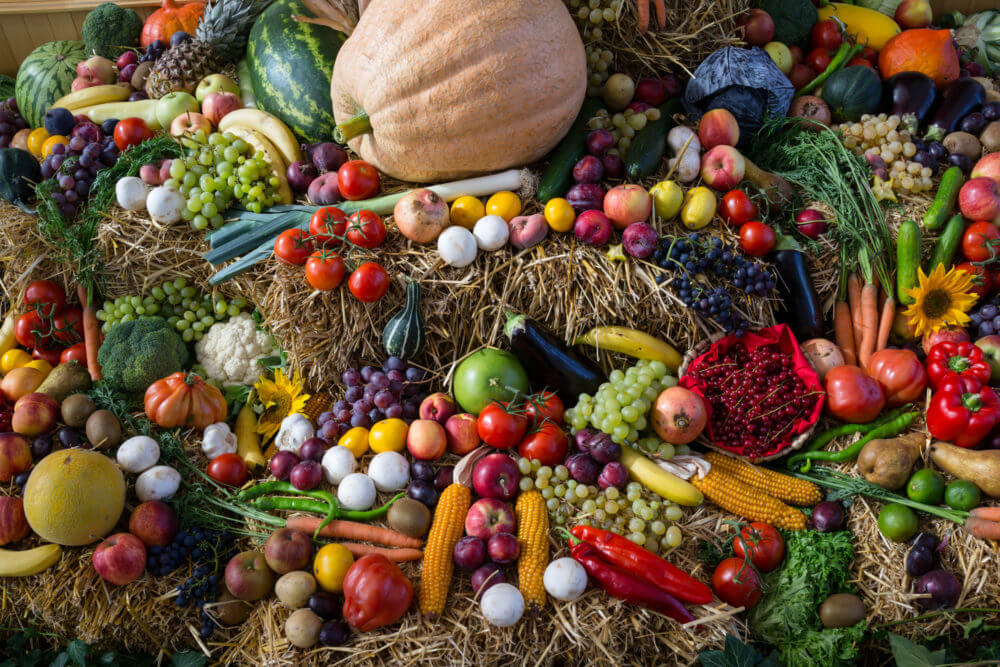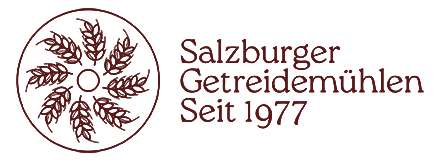
Last week you already learned what dietary fiber is and what effect it has on our body (
Click here for the article >>
). Now you probably want to know how a high-fiber diet can be implemented.
That’s why today we’re letting you know which foods are particularly rich in fiber and how much of them you should consume.
High fiber foods
Intact cereals and cereal products made from the whole grain are particularly high in fiber. The dietary fiber is found in the outer layers of the grain. As already mentioned in the previous B
 contribution mentioned, legumes, vegetables and fruits are also rich in fiber. Nevertheless, a difference in dietary fiber content can be observed within these groups.
contribution mentioned, legumes, vegetables and fruits are also rich in fiber. Nevertheless, a difference in dietary fiber content can be observed within these groups.For a higher fiber diet, the following substitutions can be made:
White bread or rolls made from white flour ( wholemeal flour) are replaced with wholemeal bread/rolls. Whether the whole wheat bread is made from wheat, spelt, rye or any cereal, as long as the whole grain has been processed, it is in any case higher in fiber than white or toast bread.
The same applies to all other cereal products. Accordingly, other possible substitutions would be: polished rice to brown rice, pasta to whole wheat pasta, cornflakes to homemade breakfast porridge (e.g., with oatmeal), etc.
Apples, pears, berries, cabbage vegetables, carrots, lentils, peas, etc. are also particularly rich in fiber.
This is recommended by nutrition societies
The German[1], Austrian[2] and Swiss[3] Societies for Nutrition recommend consuming at least 30 g of dietary fiber per day.
The intake for one day could therefore look like this: (from https://www.dge-medienservice.de/ballaststoffe.html)
Finally, two valuable tips
–>Be careful with the change: If you have been eating a very low-fiber diet, it would be good if the change to a high-fiber diet happens gradually. This way your body can gradually get used to it.
–>drink enough: In order for the dietary fibers to develop their effect, you should drink enough. Approx. 1.5 to 2 l of water/unsweetened teas would be preferable here.
Good luck with the implementation and see you soon!
Sources
https://www.dge-medienservice.de/ballaststoffe.html
https://www.oege.at/index.php/medien-presse/pressemeldungen-aktuell/2226-ballaststoffe-wie-wirken-sie-und-what-contribution-can-you-make-to-health-prevention
https://www.dge.de/index.php?id=52
http://www.sge-ssn.ch/media/Nahrungsfasern-1.pdf
[1] https://www.dge.de/index.php?id=52
[2] https://www.oege.at/index.php/medien-presse/pressemeldungen-aktuell/2226-ballaststoffe-wie-wirken-sie-und-welchen-beitrag-koennen-sie-zur-gesundheitspraevention-leisten
[3] http://www.sge-ssn.ch/media/Nahrungsfasern-1.pdf
That was: A diet rich(er) in fiber – it’s so easy to implement it
Address:
Gasteigweg 25,
5400 Hallein
Austria
Opening hours:
Monday to Thursday: 09 – 16:00
Friday: 09 – 12:00
Contact:
Phone: +43 6245 83282
E-mail: info@agrisan.at
Address:
Gasteigweg 25,
5400 Hallein
Austria
Opening hours:
Monday to Thursday: 09 – 16:00
Friday: 09 – 12:00
Contact:
Phone: +43 6245 83282
E-mail: info@agrisan.at

